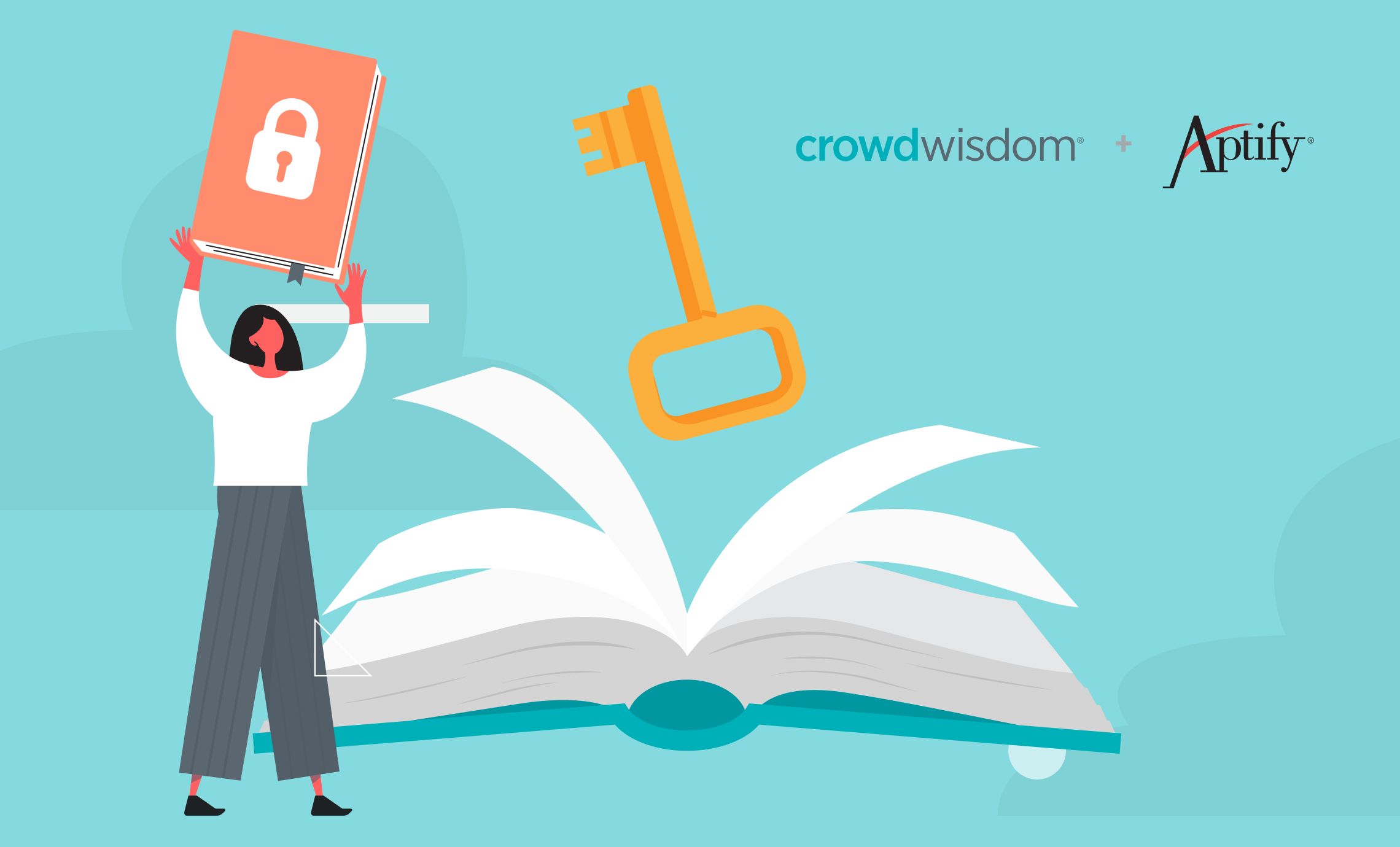Social media is perhaps the single best way to stay engaged with your members and get them to help you spread the good word about your association to potential members. But social media is a double-edged sword. If you aren’t careful with how you use it in your association marketing strategy, you can blunder your way into an angry member base and, potentially, an angry public at large. Here are the most common social blunders and how to stay out of a sticky social situation.
1. Making Announcements Instead of Engaging Your Members
Are you talking at your members on social media or are you talking to them? Social media is a two-way street. Member engagement means that you’re in the trenches, holding interesting, mutually beneficial one-on-one conversations with your members. Don’t be afraid to ask questions to your followers or comment on someone’s post. You can’t just use social like an email newsletter, spreading your announcements without engaging in meaningful dialogue. Ask questions, respond to any comments and those who share your content, and continue the conversations you start.
2. Failing to Use Hashtags Wisely 
Hashtags that are well thought out can become viral—spreading your message further and wider than you dreamed possible. In order to be successful and generate positive user engagement, hashtags have to be relevant, topical, meaningful, and catchy. Each industry has their own commonly used hashtags. For example, in the association industry, two hashtags that are quite popular to use are #assnchat and #assnprof. Now if you aren’t familiar with this industry, then you can probably see how these hashtags can be misconstrued. As someone who is new to this industry, I was admittedly confused by these hasthtags when I initially saw them. There will always be people out there who will try to misuse hashtags, but as long as your brand uses them in a positive way, then you can maintain some control of the conversation and more importantly your brand’s image.
It’s very common for organizations to create their own hashtags. If you decide to create one for a specific campaign, be sure to do your research and be careful how you word it. Consider all the possible ways people might misread it so you can avoid a #FAIL. Some of the most successful hashtag campaigns include Red Bull’s #PutACanOnIt, Oreo’s #OreoHorrorStories, and Coca-Cola’s #ShareaCoke. Study what’s worked and what hasn’t before delving into hashtags, though. Again, it’s a two-edged sword. For example, while Charmin’s #TweetFromTheSeat went over brilliantly, there were the epic fails like #SUSANALBUMPARTY, which most people did not read as, “Susan Album party.” You can probably imagine what people read it as.
3. Trying to Use the Same Posts across Multiple Social Networks
It’s understandable. You’ve got ten minutes before the next meeting begins and you need to get some serious member engagement underway pronto. So you use the same post for all your social networks—Facebook, Twitter, LinkedIn, Instagram, Pinterest, what have you. The problem is, each of these networks are entirely different platforms. You’d never try to release your TV commercial as an audio-only version for radio. Though you can reinvent the same ideas for each social platform, you can’t just copy and paste the same post to all your social networks. It doesn’t typically work. On platforms such as LinkedIn and Facebook, you can probably get away with a slightly longer post. However, with Twitter you are limited with the character length, and other visual platforms prefer images over lengthy text. Depending on the platform, you might want to be a little more witty or punchy with your message.
4. Being Too Sales-y
It’s okay to be sales-y in some mediums, but social media isn’t one of them. Social networking is a horrible platform for the hard sell. Social is where you go to improve member engagement, create brand awareness, and build a rapport with, well, the world. It isn’t where you stream constant waves of sales pitches. Use social to engage with others, and the relationship itself will lead to more members and more member engagement. Use it for the hard sell, and you’ll see your followers fall away.
5. Failing to Respond to Member Comments & Questions
Once you create your social media accounts, they will naturally become an extension of your contact page. Members and even those with no prior relationship with your association will often go there to contact you instead of hunting for your website or looking your customer service number up on Google. That means that the association can’t afford to let social pages sit idle. There must be someone available to answer messages and respond to questions and comments in a timely manner. Preferably, it will be a customer service pro who is used to handling tough questions and harsh criticism—because there is plenty of that to go around on social media. Not going to do any name dropping, but on my personal social accounts, I follow a lot of really well-known brands. Often times, I’ll try to engage them in conversation or even retweet things I find interesting and I won’t even get a response. Don’t be those brands! People appreciate being noticed even in the smallest of ways so if someone shares your posts or comments on them, just a simple acknowledgement will go a long way. They’ll remember it and appreciate it and will continue to want to have a conversation with you. Also, it humanizes your brand and lets your followers know that there is an actual person posting content on your platforms.




